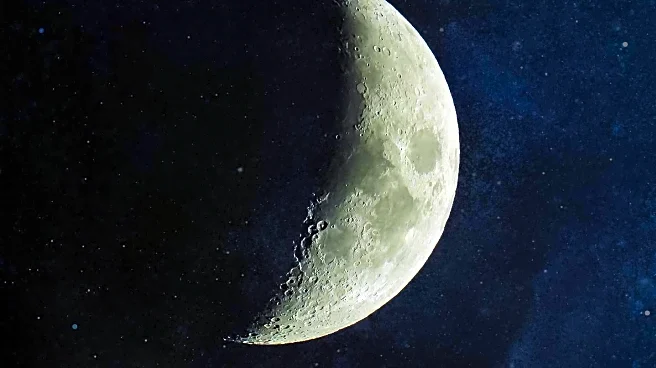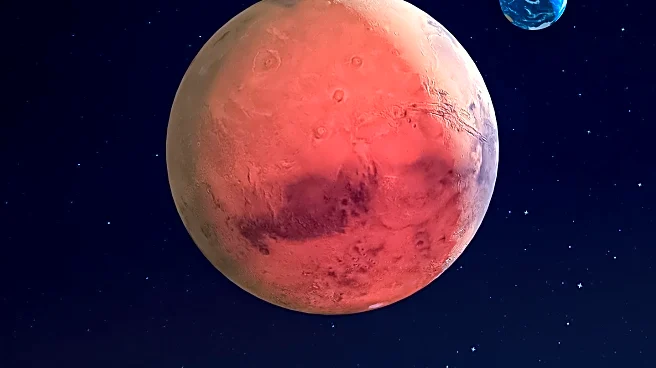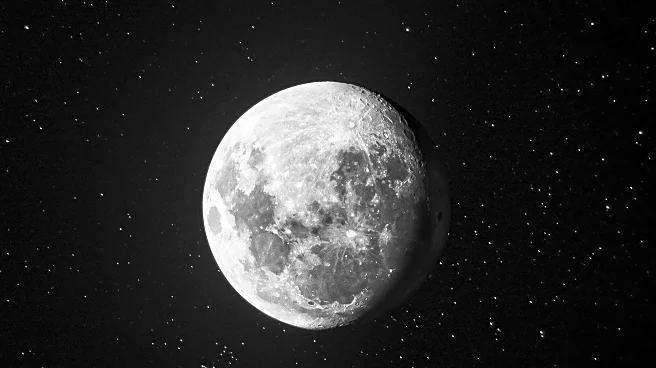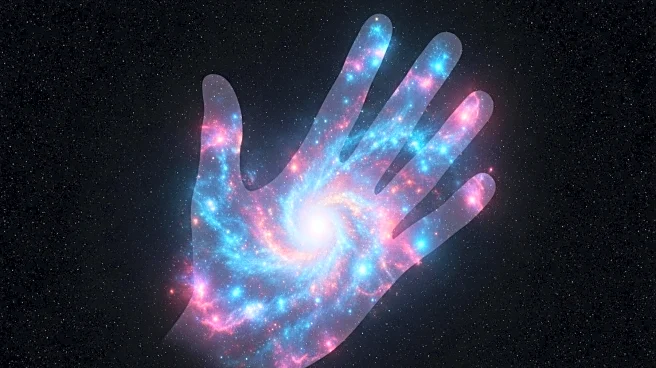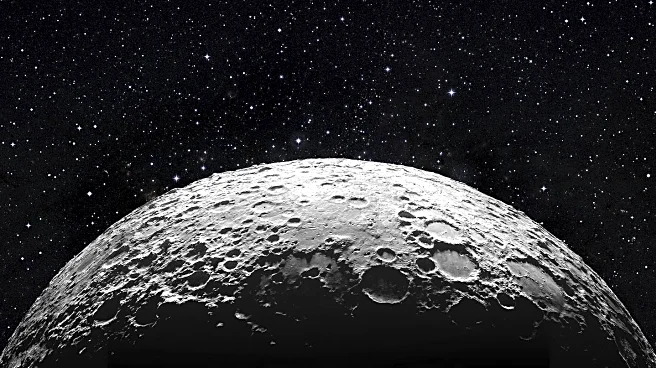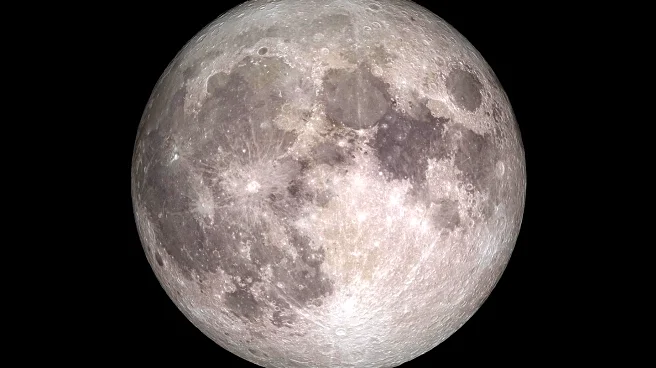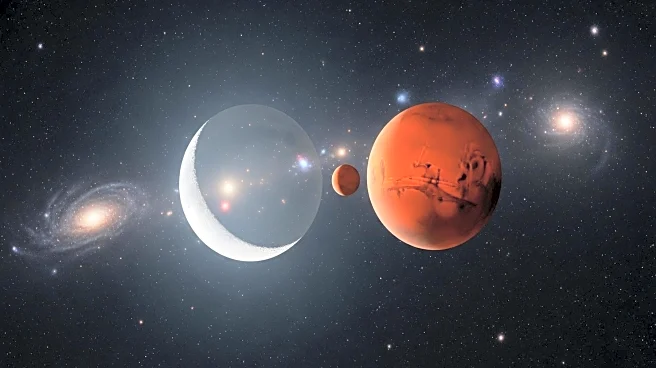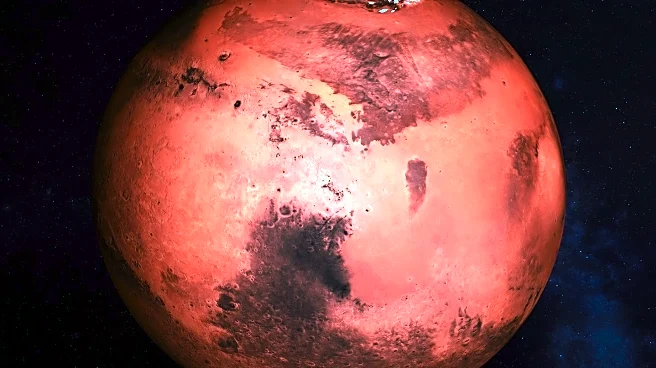What's Happening?
On August 27, 2025, stargazers will have the chance to observe a celestial event featuring the crescent moon and the bright star Spica. The moon, illuminated at 18%, will be positioned approximately 15 degrees above the western horizon at sunset, with Spica located less than 6 degrees to the right of the lunar disk. This event will be visible for a short period, as both celestial bodies will set about an hour and a half after sunset. Mars will also be visible to the right of the moon and Spica. Observers are advised to wait until the sun is completely below the horizon before using telescopes or binoculars to avoid eye damage. In the following days, the moon will move away from Spica and pass by the star Antares before reaching its first quarter phase on August 31.
Why It's Important?
This celestial event provides an opportunity for amateur astronomers and stargazers to observe the night sky and learn more about the constellations. The conjunction of the moon and Spica, a binary star system, highlights the beauty and complexity of the universe. Such events can inspire interest in astronomy and science, encouraging educational pursuits and public engagement with space exploration. Additionally, observing the moon's surface through telescopes can offer insights into lunar geography, including visible craters and ancient lava plains.
What's Next?
Following the conjunction, the moon will continue its journey across the night sky, offering more opportunities for observation as it approaches other stars and reaches different phases. Stargazers can look forward to the moon's interaction with Antares and its first quarter phase. This event may also prompt increased interest in upcoming celestial occurrences, encouraging individuals to explore astronomy further and invest in equipment like telescopes and binoculars.
